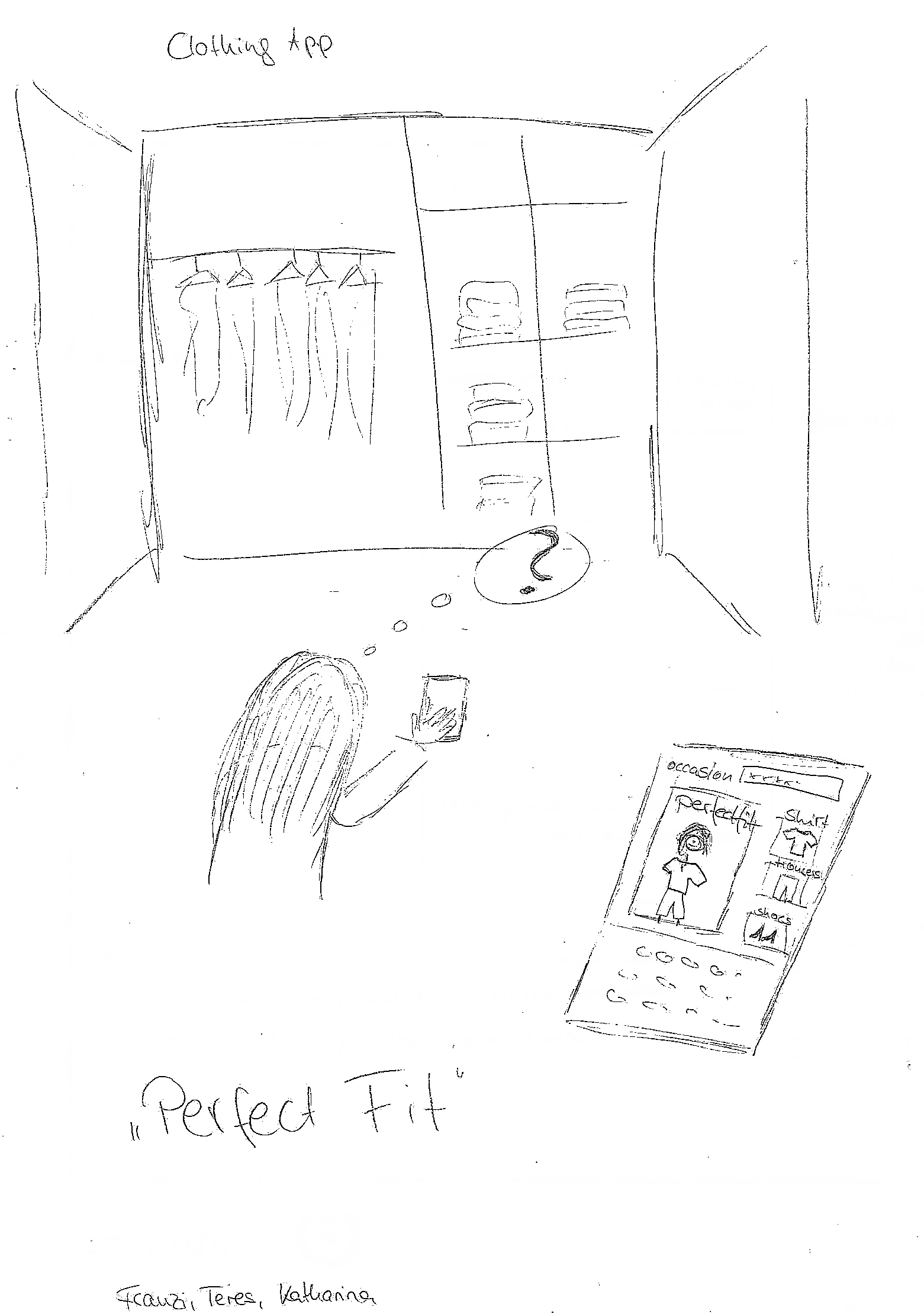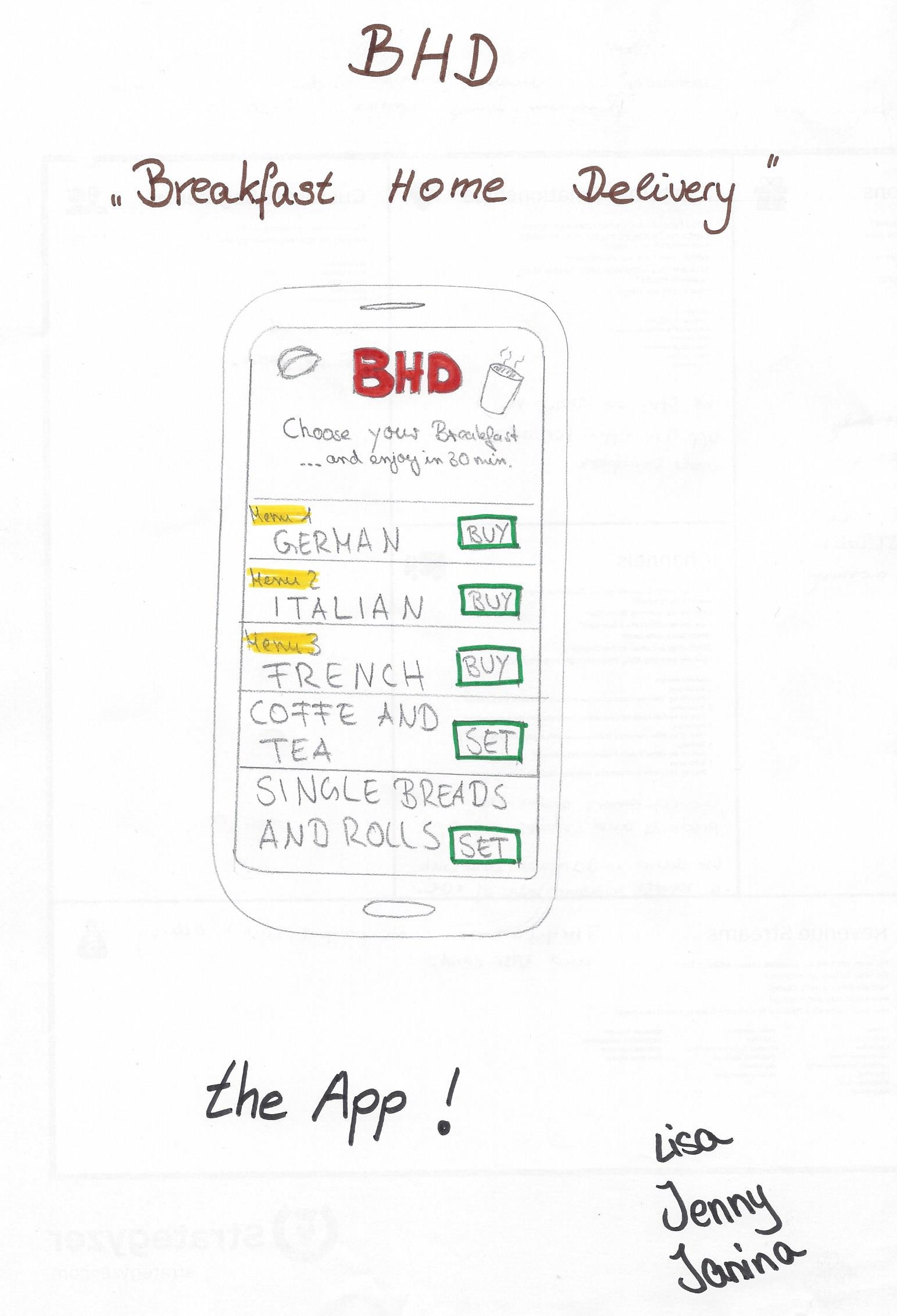You’re going to teach your learners how to start their own #startup – how cool is that!
Uber-busy teachers can download the lesson plan.
There’s also a powerpoint.
Introduction
This post was inspired by working at startups here in Berlin but also by a video on the ‘Future of Work’ by Natasha von Kopp.
One of the central figures in the film is Frithjof Bergmann, a former academic philosopher who now devotes his life to campaigning for meaningful ‘work’, or as he calls it ‘New Work‘. He sees work as one of the defining issues of our time and I completely agree –
with the increasing replacement of humans by machines how are jobs going to be created?
One of his central ideas is that we should avoid work without meaning – work should NOT make us unhappy! There’s a good interview with Bergmann on the philosophy podcast ‘Partially Examined Life‘ where he talks about how ‘New Work’ started.
He also believes that setting up your own businesses – entrepreneurial skill – can lead to doing work that you love.
Or at least work that doesn’t drive you crazy.
First steps
The first step in creating your own startup is probably the most important part:
defining the problem that you want to solve.
Learners should think of everyday problems that they have experienced, or that someone they know have experienced. This could be waiting at the doctors, not knowing what to wear for a business meeting, or being annoyed by tourists in Berlin (all real examples from my learners).
Questions to provoke ideas here are:
What annoys you?
What drives you crazy?
What problems do you have – at work, at the supermarket, when socialising, when on holiday?
This will help learners to arrive at a clear problem that they can solve. This will be their value proposition.
What is a value proposition? According to Michael Skok,
a value proposition is a positioning statement that explains what benefit you provide for who and how you do it uniquely well. It describes your target buyer, the problem you solve, and why you’re distinctly better than the alternatives.
This is your basic business idea.
What problems are these businesses trying to solve?
Amazon, Dropbox and DHL Packstation.
What happened before Amazon?
It was really difficult to compare prices between different retailers (comparability problem).
You had to go to a lot of different shops to get everything you wanted (choice problem).
You had to invest a lot more time in shopping (time problem).
NOTE: I’m not saying I’m in favour of Amazon, but just pointing out the problems that they solved.
Getting from business idea to business model
I showed the learners this video so they could understand that they need a business model to go from ‘Idea’ to ‘Product’ (that you can market to a real customer).
Creating a business model
I divided the learners into groups (3 people in each group is ideal) and give them each an A3 copy of the Business Model Canvas. Then I show them this video which explains each category on the canvas.
I gave the learners 30 minutes to create their own Business Model.
And they did!
Results
Here are some of the results! My learners at TH Wildau created some great apps including:
A coffee cup which tells you when the coffee is at the right temperature to drink
An app which tells which nail varnish looks good on your (virtual) hand
A breakfast delivery service
And probably the idea which will make a million euros first is ‘Perfect Fit’, an app which tells women what to wear!
All your clothes are scanned (via bar code) into this app, then you just tell the app that you have a business meeting on Monday at 9.15, and it chooses your wardrobe for you!
Follow-up
After the learners have come up with a business model, they can then begin to discuss how they are going to market this product to the customer.
Conclusion
I hope that this post is useful – let me know if you use it with your learners in your particular context. If you have time to complete this one minute survey I’d be really happy. If you don’t have time, then please donating to #dctl by Bitcoin!
cheers,
paul





Neat idea, Paul! One question – what kind of class do you think this lesson is suitable for? I can’t see it working well in a business English course where the learners are already professionals in a certain industry (can’t imagine a group of engineers or HR managers wanting to brainstorm ideas for startups), but would it work in a general English course? Curious as to where you used it.
Also, just a note – the “How to draw a business model canvas” video has nice animation, but a disturbingly high number of grammatical and spelling mistakes in the blue text that appears! Do you go over these with your students after they watch it?
Thanks for the lesson plan!
Sherri
Hi Sherri,
I did this with a group of B2+ distance learning students, that attend weekend classes and study online. They’re already working, so they don’t really ‘need’ to know how to start a startup. Some of them work for the state, some for insurance companies, all different backgrounds.
I think it’s just a good exercise in creativity, entrepreneurship and probably most importantly, thinking from the customer’s point of view – which is useful for many contexts. The central issue is defining the problem for the ‘customer’.
In my lesson, I also followed this up with a whole lesson on ‘marketing’ your startup, using a text from Career Express B2 p.66, which introduced them to ‘alternative’ forms of marketing. Then they had to come up with a marketing strategy and present it.
I think this is good example of an integrated skills lesson – which matches much more closely how learners need to use English in their lives (e.g. get an email, respond to the email by phone and so on).
Yes, the video has some very idiosyncratic spelling and phrasing, but don’t worry about it. It’s the best pictorial explanation of the ‘business model canvas’ out there. Out of my whole class, no one commented on this, and I didn’t draw attention to it. It’s the different parts of the canvas that are important I think.
If you use this lesson then good luck with it!
paul
Ah, okay, I see how that could work. Thanks for the reply!